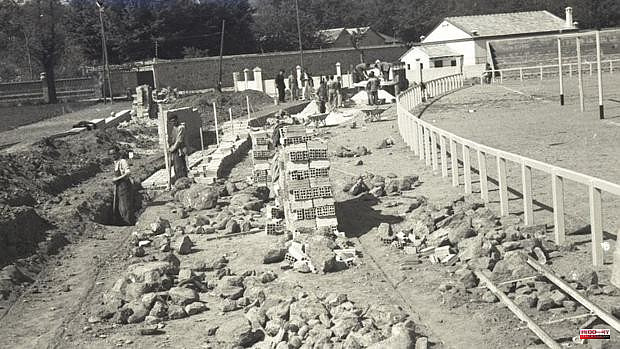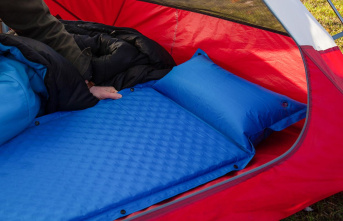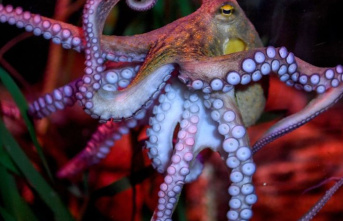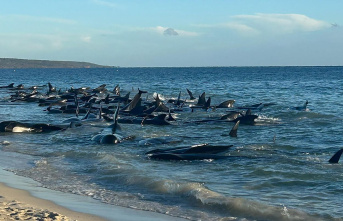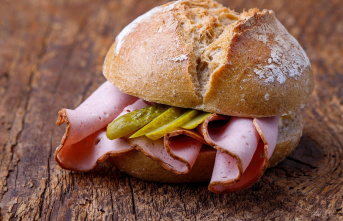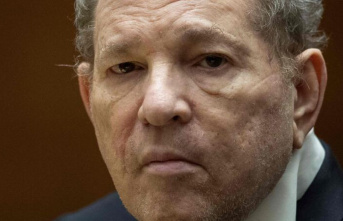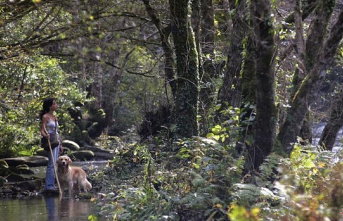The strange sport of foot-ball was brought by the English to Spain in the reign of Alfonso XII, when the Canovista Constitution (1876) was released. In 1902, when Alfonso XIII was declared of legal age, there were already many existing football clubs, and that year a national championship was played, the precursor to the current Copa del Rey. In Toledo, in the first third of the 20th century, the best teams were those of the Infantry Academy against modest groups of fans such as Gimnástica Toledana, Cultural Deportiva Obrera, Racing Club, Sporting Club Toledano or Deportivo Imperial. They all played on the fields of the Polígono de la Vega Baja, cradle of the Central School of Gymnastics.
In the 1930s, at the end of Paseo de la Rosa, on the land that was to be occupied by the Campsa warehouses, La Ferroviaria had its field there. The first stadium with a fence and stands was that of Palomarejos, in 1931, owned by Toledo FC, an entity founded three years earlier.
In the twenties there was already a football eleven made up of workers from the Arms Factory that only gave the name to said group. Thus he participated in a trophy encouraged by the newspaper El Castellano, in the spring of 1923, against five teams: María Cristina School, Gymnastics School (which was the winner), Prada Academy, Marist Brothers and Toledo FC. In the month of October, in the same newspaper, Captain Ricardo Villalba proposed the creation of two Gymnastic-Sports Societies, one made up of Factory workers and another grouping together employees from the rest of the city. In December, during the factory's patron saint festivities, the Cultural Deportiva Obrera emerged with two teams (A and B) that played a cup donated by the colonel, chiefs and officers.
In 1924, Antonio Blázquez, captain of the Cultural, explained in El Castellano that the fan, in addition to dominating the ball, had to gather physical and technical training, respect the authority of the referee and play in legally created teams with their board, coach and captain. Among the few that met such requirements were Toledo FC and Factory, the latter advised by the military stationed there. In the summer of 1924, the Cultural organized an internal championship whose final, refereed by the aforementioned Blázquez, on August 3, was settled by the employees of Adjustments and Tools.
Later reviews cite trips by Cultural to Talavera, Navalmoral de la Mata, Torrijos and friendly matches of the children's team with Castillejos CF. At the 1926 fair he won the Toledo City Hall trophy and until the 1930s he stood out in various soccer events. However, despite his successes, he had no field of his own. In September 1926, the director of the Factory requested -unsuccessfully- Mayor Aguirre to give it over to the old municipal cemetery, closed in 1893, which in 1957 would house the Teaching School (today IES María Pacheco). In spite of everything, Cultural participated in the annual patron saint festivities of Santa Bárbara (December 4) that included competitions, bullfights, dances, evenings at the Rojas Theater and various excursions. In July 1936, the tragic whistle of the war signaled the end of the first era of football passion among manufacturers in Toledo.
In the war triennium (1936-1939) Palomarejos, after being seized, was renamed Los Flechas. The field hosted isolated matches of military, amateur and Falange teams. A different one was the one celebrated on the occasion of the Factory's patron saint, in 1937, between two sister groups, Santa Bárbara FC and CD Imperio, created, respectively, in the Tools and Wishbones workshops. In 1940 the stadium was attached to the Work Union of Education and Rest. It was the home of the new CD Toledo and the scene of sporadic clashes between amateur clubs such as Júpiter, another fleeting group from the Fábrica de Armas.
In 1948, Colonel Mas del Rivero promoted an ambitious Workers' Village, with six hundred homes, schools, a church and sports facilities that, at the end of 1949, were reduced to changing rooms and an adjoining pediment. In 1950 the stadium was completed with its grandstand and bleachers. It premiered in the month of December on the occasion of the patron saint festivities, celebrating a match between two workers' groups. In January 1951 an interprovincial tournament devised by the Youth Front took place there. At that time, the provincial federated soccer championship brought together twenty-two teams. Despite the Factory already having its brand new stadium, it still did not have a flagship squad. In fact, to debut its grass field, on July 18, 1958, a meeting was held between players from the Apprentice School and those from Education and Rest, in addition to another “old glories” match. It was time to have a sports structure.
In November 1958, Educación y Descanso devised a league with eleven teams in four fields: Palomarejos, the Arms Factory, Los Cigarrales (an esplanade next to San Jerónimo) and Torrijos. Carlos III took part in that tournament with young apprentices trained by Commander Montojo. On December 4, the feast of the patron saint, there was a friendly match with the Real Madrid "reserve team" that won by a lopsided rout (1-14). Carlos III competed for three seasons, until 1961, the year that, according to Borja Martín Alonso (2017), merged with El Alcázar CF (created in 1953 as a subsidiary of CD Toledo), thus giving rise to the Unión Deportiva Santa Bárbara. This club made its debut in the First Regional, fighting for eight seasons in the Third Division in its thirty-five year history that ended due to lack of promised support in 1996. It was always an appreciated club, humble, but with a worthy sporting career. It worked like a big family supported by the dedication of its players and the affection of a faithful fan base.
The Carlos III stadium was always identified with the blue team of the Factory. From January 1972 to November 1973 it was the temporary headquarters of CD Toledo, while the Salto de Caballo stadium was being built. In 1998, with the factory closed, the Ministry of Defense sold all the land to the City. A part was ceded to the University of Castilla-La Mancha, apart from the Carlos III, which, in 2006, was demolished along with the old summer cinema. Today, the undergrowth covers the scar of the remembered soccer field and passionate encounters. However, in many people there remains the hope of being able to remake the beloved Santa with firm projects for a new future.

